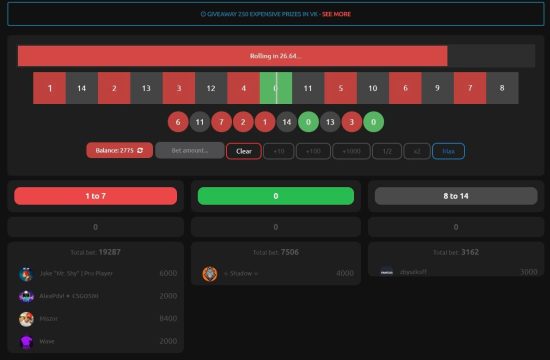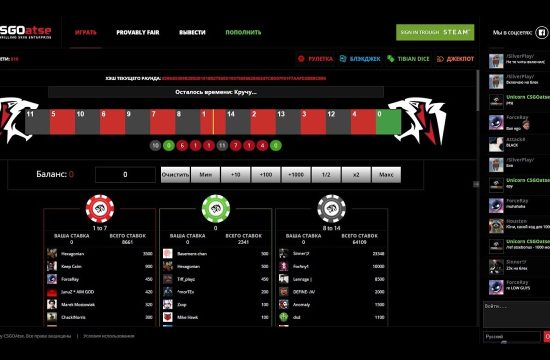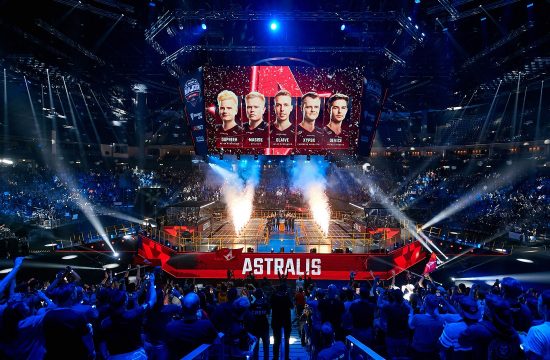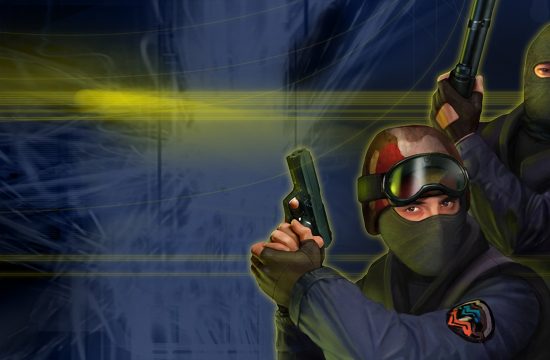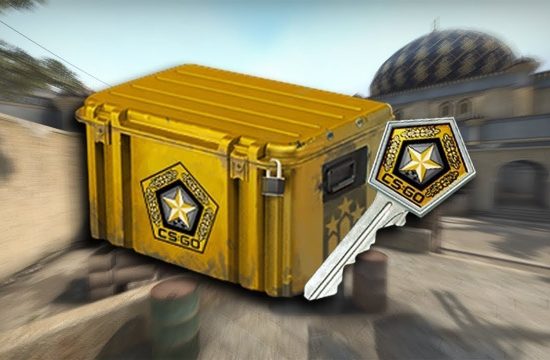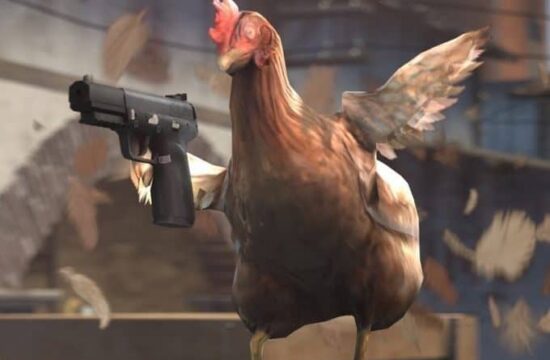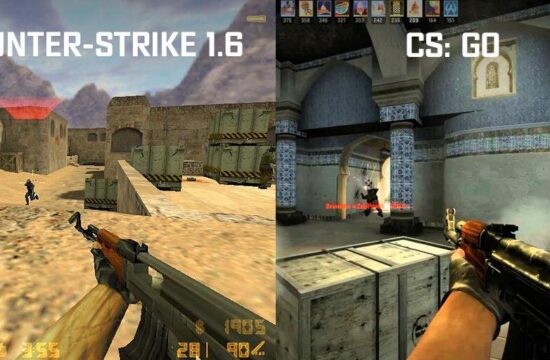The cost of a weapon skin in CS:GO is determined by several factors, each contributing to its overall value within the market. Here are the elements that influence the pricing of CS:GO skins:
Rarity and Demand: Rarity is a significant factor in determining a skin’s price. Skins are categorized into different rarity tiers, such as Consumer Grade, Industrial Grade, Mil-Spec, Restricted, Classified, and Covert. The rarer the skin, the higher its potential value. Additionally, the demand for certain skins can also drive up their prices, especially if they are popular among players or have a unique design.
Condition: Skins in CS:GO come in different conditions, which reflect their wear and tear. The condition ranges from Factory New (FN), which indicates a pristine skin with no visible wear, to Battle-Scarred (BS), where the skin has noticeable scratches and signs of use. Factory New skins tend to have a higher value due to their pristine appearance, while Battle-Scarred skins are generally less expensive.
Exterior Quality and Float Value: Each skin has an «Exterior Quality» that represents its visual appearance within its condition. It affects the patterns, scratches, and overall look of the skin. Additionally, skins also have a «Float Value» that determines the exact wear level within a particular condition. Certain patterns or float values can make a skin more desirable and, subsequently, more valuable.
In-game StatTrak Feature: Some skins come with a StatTrak counter that tracks specific in-game statistics, such as kills or rounds won. Skins with the StatTrak feature are generally more expensive than their non-StatTrak counterparts, as they add a unique and collectible element to the skin.
Popularity and Trends: The popularity and trendiness of a skin can significantly impact its price. If a particular skin becomes highly sought after due to its design, uniqueness, or usage by professional players, its value can increase. The market dynamics and shifts in player preferences also influence the prices of skins over time.
Supply and Market Conditions: The availability of a skin on the market affects its price. Limited supply or high demand can drive up prices, while an oversupply or lack of demand may result in lower prices. Market conditions, including the presence of new cases or updates, can influence the availability and pricing of skins.
It’s essential to note that the CS:GO skin market is subject to fluctuations and is influenced by various factors, including player preferences, updates, and changes in the game’s economy. Therefore, the price of skins can vary over time, making it a dynamic and ever-evolving market.

